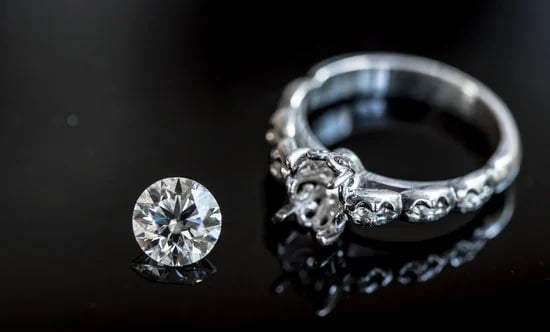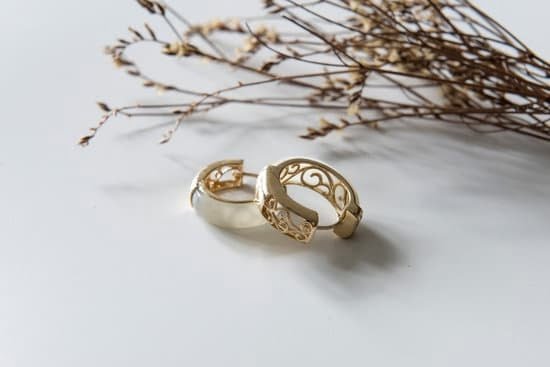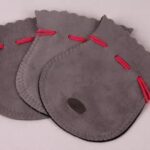Introduction
Pewter is an alloy of tin and copper that has been used by artisans to make vessels, jewelry and other items since the early Middle Ages. It is a durable metal that can last for centuries when properly cared for, making it a great choice for jewelry.
Materials Required
Cleaning pewter jewelry is relatively straightforward and doesn’t require many materials. You will need a soft, lint-free cloth—a microfiber cloth works well—warm water, a mild soap, and a bowl. Begin by mixing warm water with a few drops of mild liquid soap in the bowl. Dip the cloth into the solution and then use it to gently scrub off any dirt or fingerprints on the pewter jewelry. Always work in a small circular motion. Don’t let the jewelry sit in the soapy water, or it could become discolored over time. Dry your pewter jewelry with the same soft, lint-free cloth immediately after washing it. This method is safe for all types of pewter jewelry, such as bracelets, earrings and necklaces.
Degreasing
There are a few different products available for degreasing pewter jewelry. You can use a specialized jewelry cleaner to dissolve grease; the most popular brand is Weiman Silver Cream, but other metal polishes such as Brasso and Bar Keepers Friend can also be used. Always read the label before using any product on your jewelry. To degrease using these products, apply a small amount to a soft cloth and gently rub off the dirt and grime from the surface of your pewter jewelry. Wipe off any excess cleaner with a clean, soft cloth, then rinse with warm water for best results.
Polishing
Polishing pewter jewelry is an important step to keeping it looking its best. A polishing wheel, such as a felt wheel in your hand drill, is great for getting into complex shapes like the crevices of intricate jewelry and restoring the original shine. To use the felt wheel technique, first use a brush or cloth with warm soapy water to remove any dirt or dust from the jewelry. Do not submerge your jewelry in water. Remove any pieces that may be detachable before you start cleaning as they can scratch one another. Connect the polishing wheel to your hand drill and fit it with a very fine abrasive compound or polishing paste. Hold the piece between two fingers and turn on the drill, moving and shaping the polishing wheel with light pressure so that it covers all areas of your jewelry evenly. Once all tarnish has been removed continue with a buffer for extra shine and sparkle. Change out your abrasive compound as needed until you achieve the desired results. When finished rinse off any remaining polishing residues with cool water and dry with a soft cloth before storing away your piece safely.
Seasonal Care
When storing pewter jewelry, it’s important to keep it away from extreme temperatures and moisture, as these conditions can cause the material to tarnish. When not in use, store pewter jewelry in a dry location such as a jewelry box, closet or drawer out of direct sunlight and away from sources of humidity. Additionally, protective disposable paper bags or anti-tarnish cloths can also help keep your pewter jewelry looking its best by absorbing any extra moisture in its environment. Furthermore, you should avoid exposing your pewter jewelry to shower steam and saltwater (if swimming with your pewter jewelry), as these elements can cause corrosion over time.
Conclusion
If you’d like more detailed instructions on how to clean your pewter jewelry properly, there are a variety of resources available online. One excellent resource is the American Pewter Guild website, which provides a comprehensive guide on caring for and cleaning pewter jewelry. The site also has information on where to buy safe pewter-care products, if needed. You can also find helpful tips on cleaning techniques and other care guidelines at The Beauty Of Jewels website. Additionally, you might try searching YouTube for instructional videos or reading blogs written by experienced jewelry collectors who share their advice and experiences in caring for pewter jewelry.

Welcome to my jewelry blog! My name is Sarah and I am the owner of this blog.
I love making jewelry and sharing my creations with others.
So whether you’re someone who loves wearing jewelry yourself or simply enjoys learning about it, be sure to check out my blog for insightful posts on everything related to this exciting topic!





